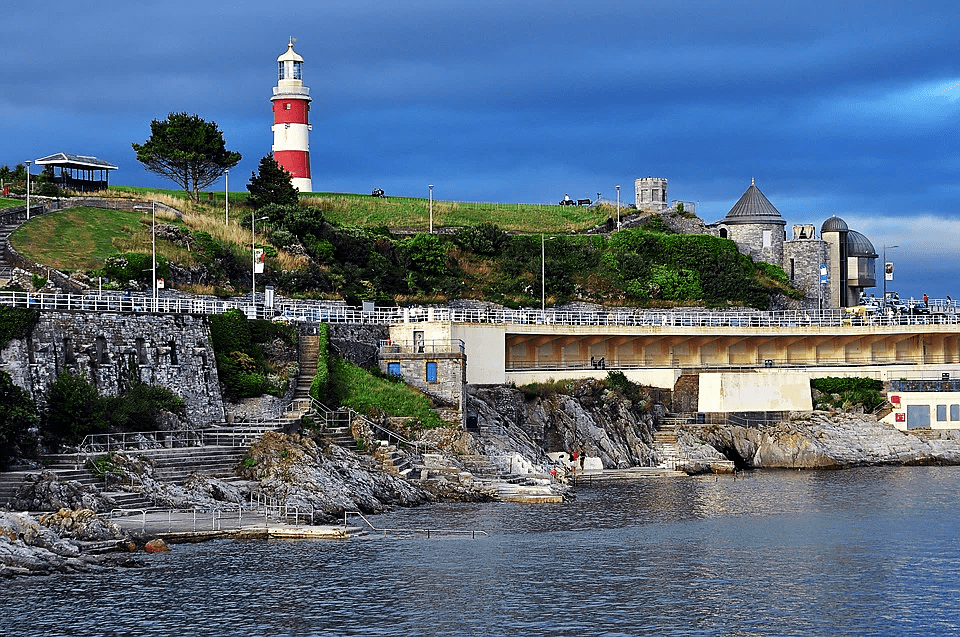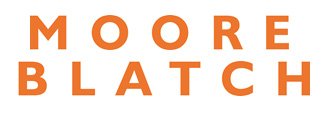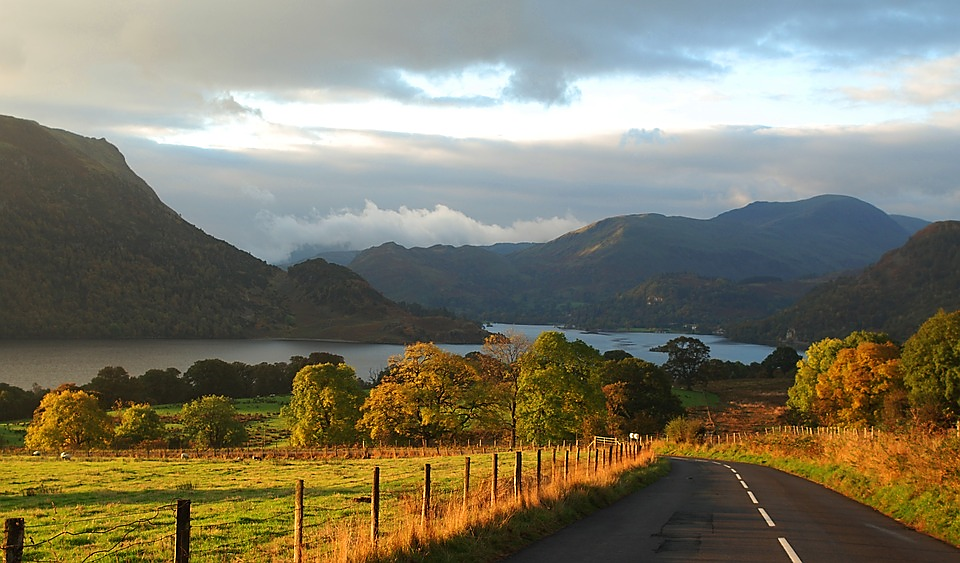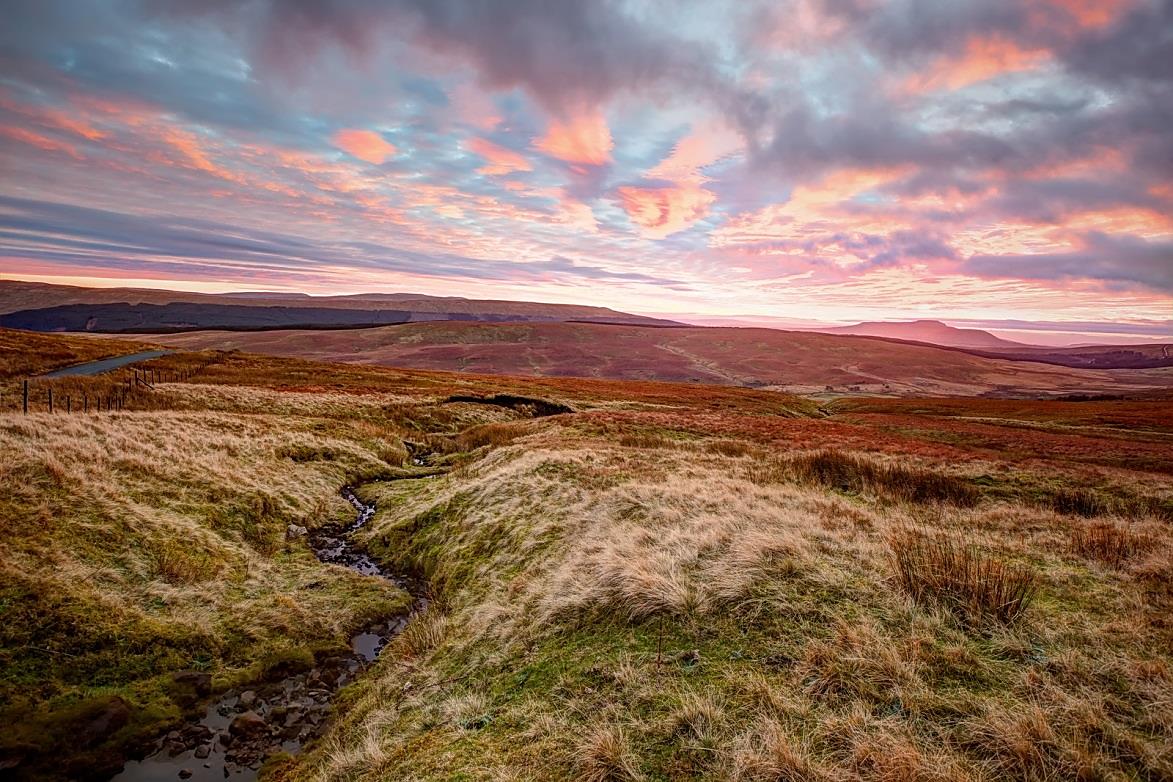
AquAid South West
Our AquAid South West branch is owned and managed by the highly-experienced Gary Hull. Based in Taunton, Gary and his team supply an extensive range of innovative and high-quality water coolers and dispensers to a wide selection of customers in and around the South West area. Committed to meeting AquAid’s exacting customer service standards, they pride themselves on the superior service they provide to hundreds of customers.
Areas Covered: Barnstaple, Bridgwater, Chard, Crediton, Cullompton, Exeter, Exmouth, Honiton, Newton Abbot, Okehampton, Plymouth, Taunton, Tiverton, Torquay, Wellington.
AquAid South West is located at: 6 Fideoak Mill, Bishops Hull, Taunton, TA4 1AF.
Interesting information about the areas that AquAid South West covers which you may not have been aware of:
Taunton was the first town in the country to be lit permanently by electric street lighting in 1881. This was 12 months before the Electric Lighting Act of 1882 which enforced the switch from oil lamps to electric across the UK.*
Exmoor ponies are believed to have inhabited the moors for tens of thousands of years. There have been fossil remains found in the area that dates them back to 50,000 BC and there are some that claim they have been present there since the Ice Age.
There is also a record of ponies on Exmoor in the Domesday Book of 1086*. Now that’s a bit of staying power right there! Wonder if it had anything to do with the water they drank?
The Day Pelé Came to Plymouth – In 1973 the city’s local football team, Plymouth Argyle, hosted a friendly match against Brazilian side Santos FC, one of the best clubs in the world at the time. Their line-up featured world-renowned player, Pelé. And despite the superstar scoring a penalty, shockingly it was Plymouth Argyle who won.
The Willow Man that can be seen running across a field by the M5 at Bridgwater is made of Somerset willow and is the creation of Serena de la Hey. Built in 2000, it’s known as the ‘Angel of the South’, standing over 40 feet tall. It is there to celebrate how willow has helped to shape the landscape on the Somerset Levels.
Whether you’re based in Barnstaple, Okehampton or Torquay, AquAid South West are more than equipped to meet all of your water cooler and water related product requirements – contact us today.
*sources: Aspen Woolf Somerset Live




